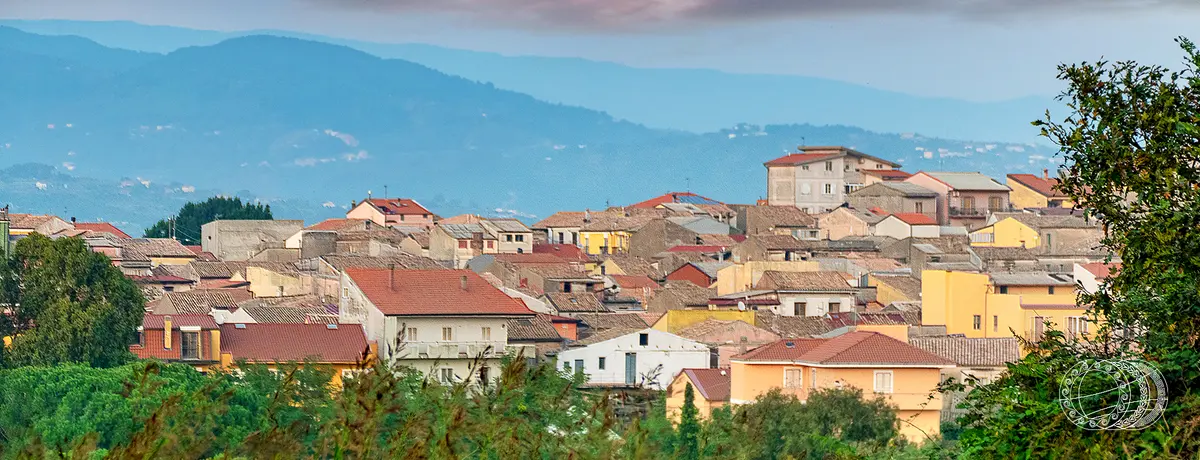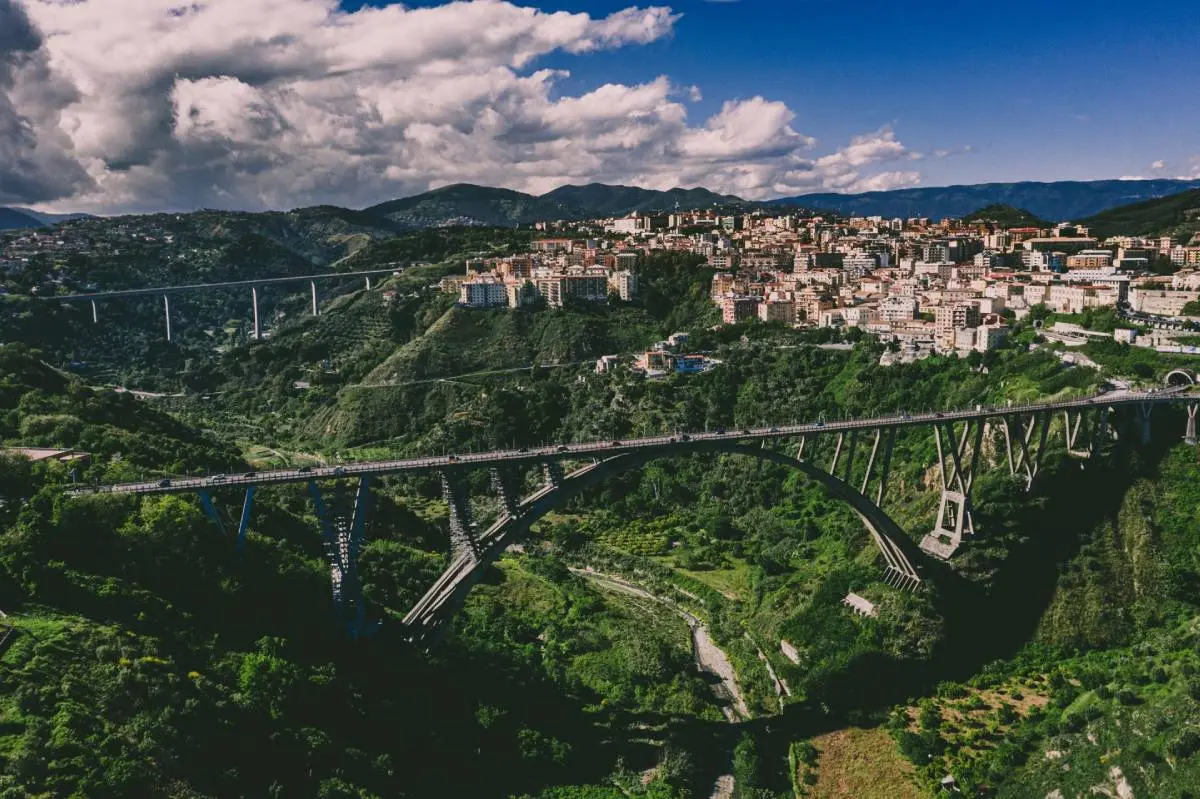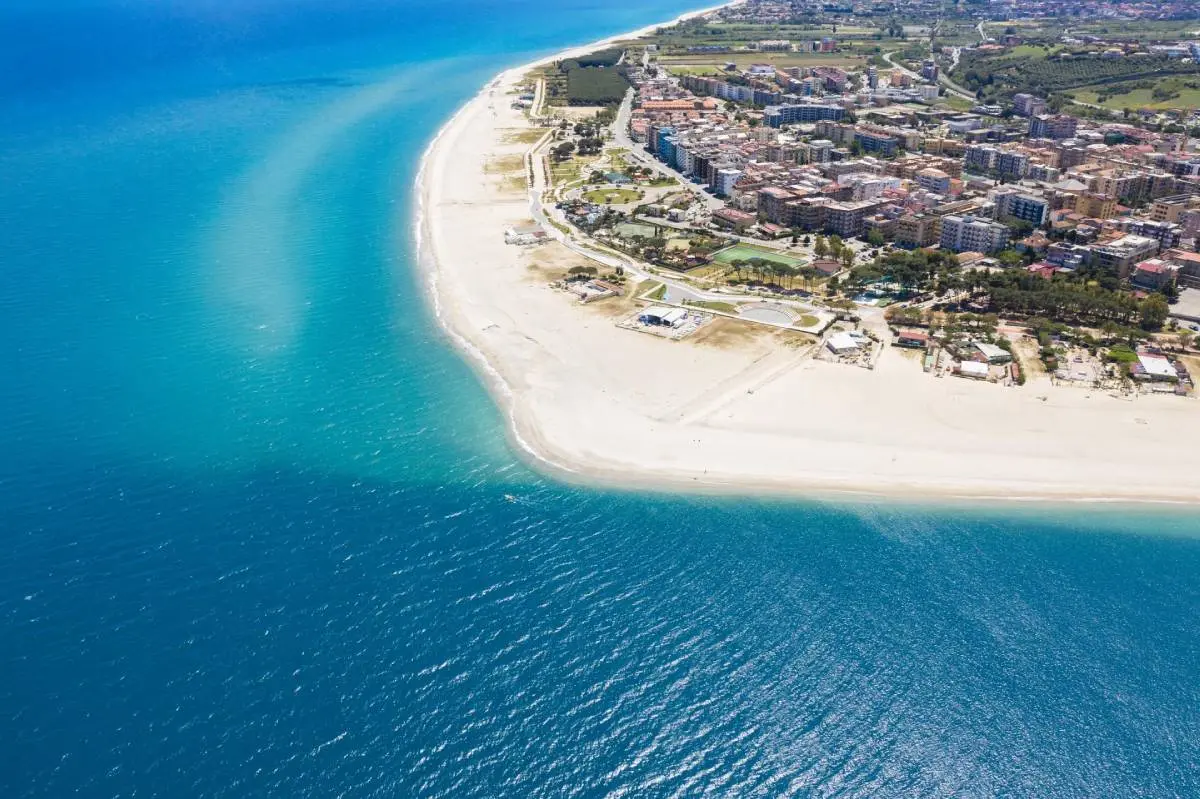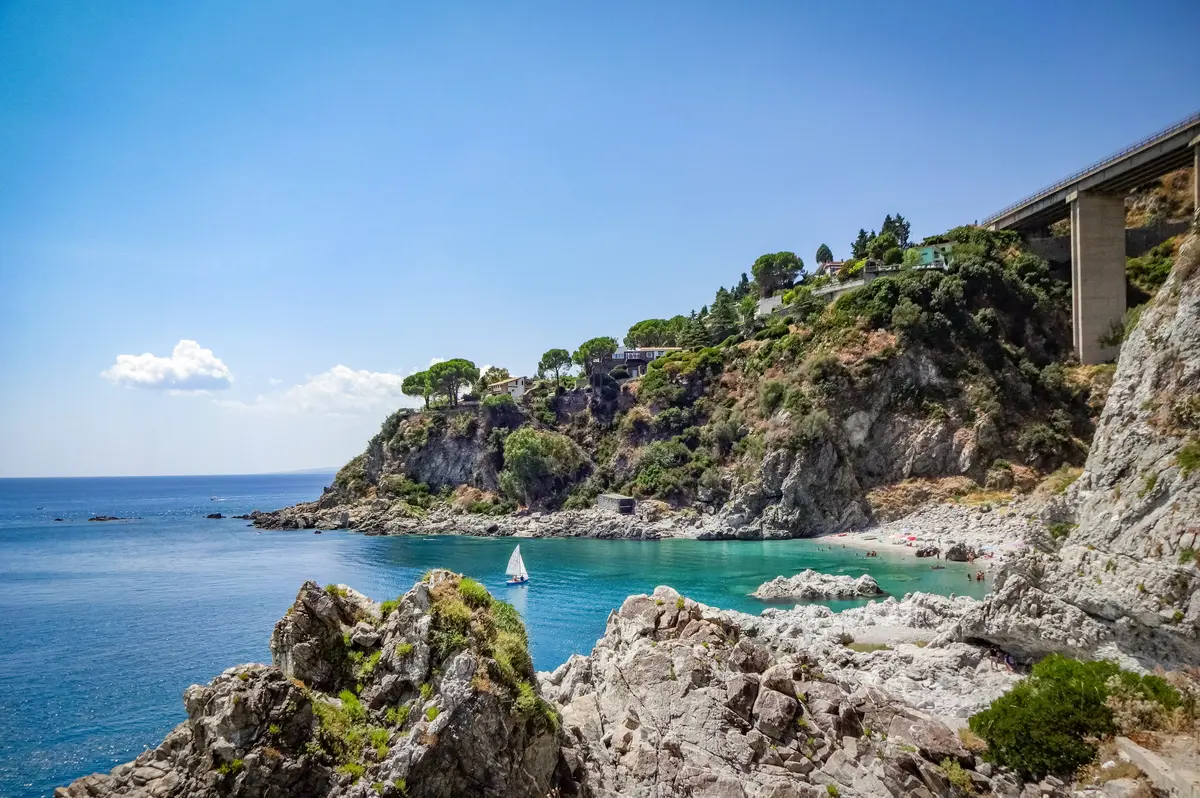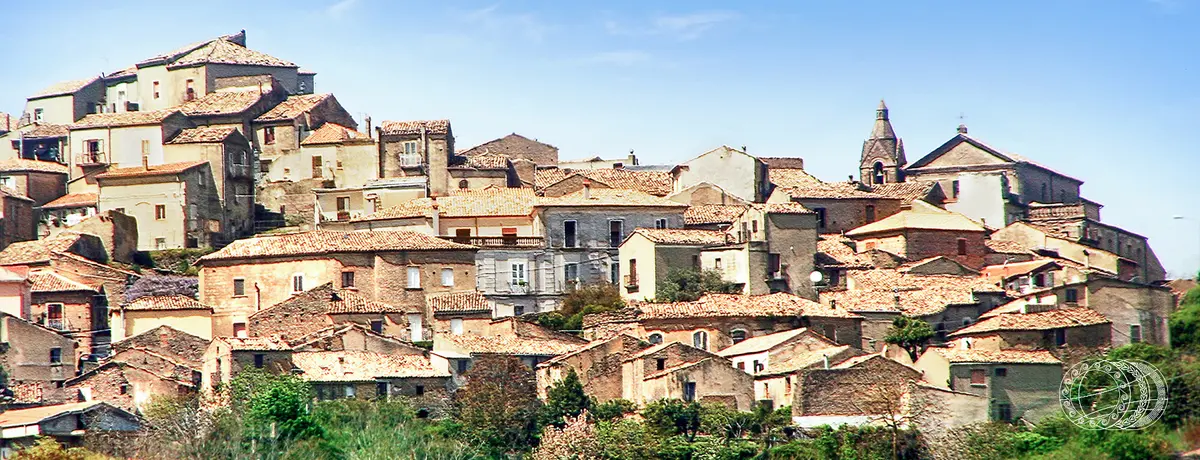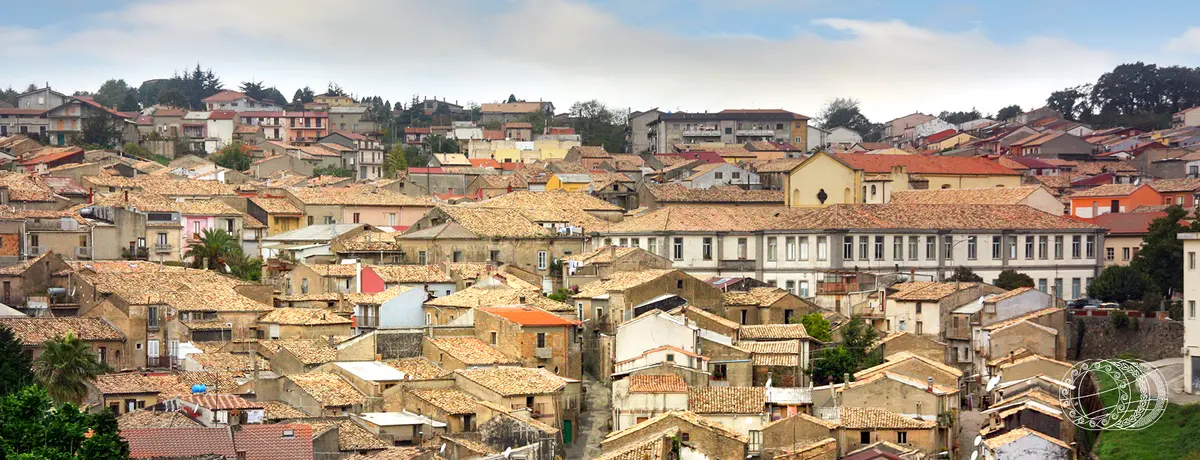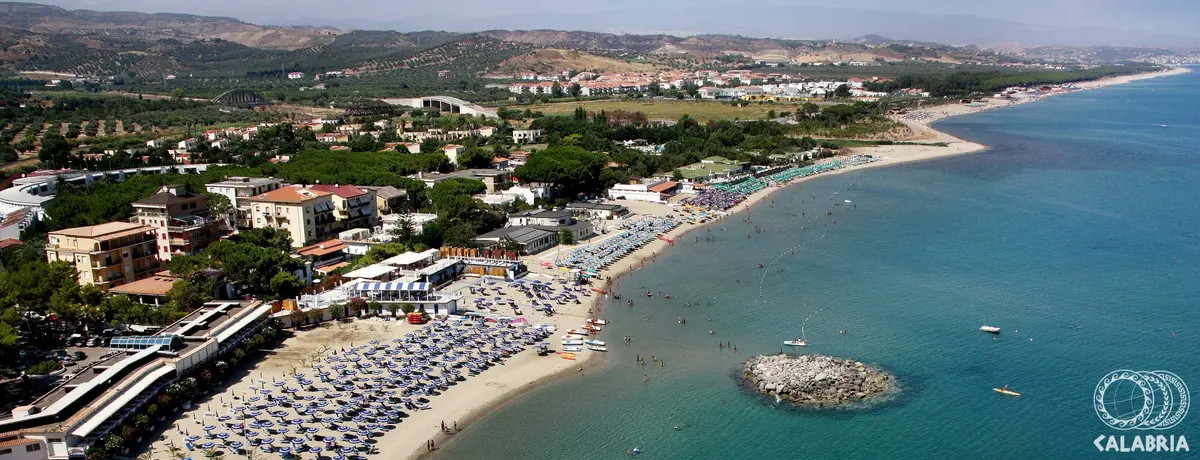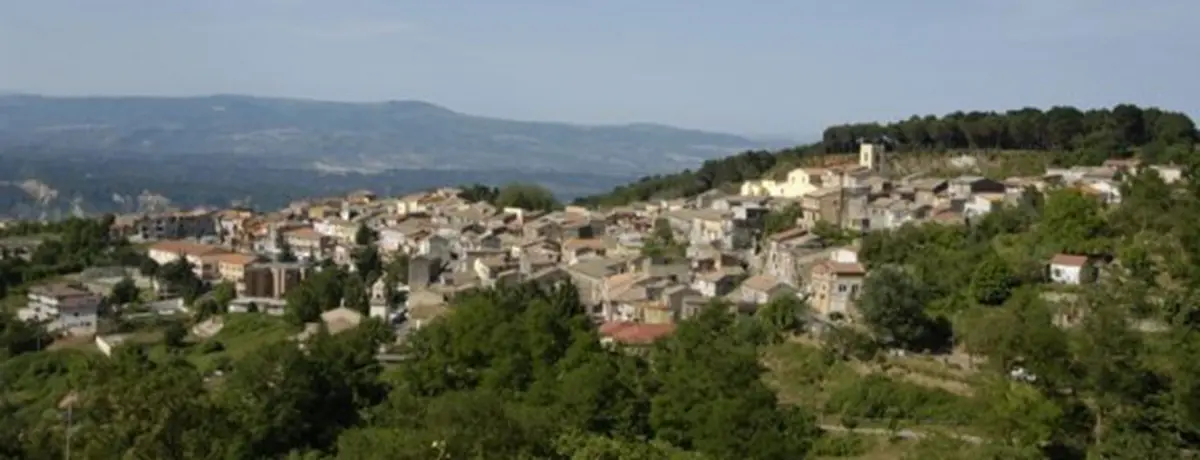Squillace
Squillace, amidst breathtaking panoramas and views
Art and Culture
Castello Normanno, Squillace - Elisabetta Cirianni
Visit Squillace (CZ), a town along the Costa degli Aranci between Catanzaro Lido and Soverato that gives its name to the Gulf of Squillace, Green Flag, and had a deep connection with the figure of Cassiodorus (not by chance it is among the ‘’Cassiodorean Places‘’ in Calabria).
In addition to the Marina di Squillace, the hilltop village is famous for the presence of the Squillace Castle, of Norman origins, and the shops where you can find the prized Squillace Ceramics, among the most famous Calabrian handicrafts. Under the Diocese of Squillace fall monumental religious buildings of great importance, such as the Charterhouse of Serra San Bruno (VV).
Along the Gulf of Squillace lies one of the most beautiful Green Flag bays on the Ionian coast of Calabria. If in Greek times it was a flourishing centre of Magna Graecia, with the ancient name of Skylletion, which later became Scolacium and can be seen in its remains at the National Archaeological Park of Scolacium (in the municipality of Borgia, locality of Roccelletta), medieval Squillace, which is identified with its Norman Castle (11th century) in the hilltop village (Squillace Castle), is linked to the figure of Cassiodorus and the medieval and diocesan history of Calabria. Inside is the small Castle Museum, which, in the so-called ‘’Hall of the Warriors‘’, preserves the skeletons of two soldiers (13th/14th century) found during a campaign within the walls.
The medieval town of Squillace is home to a number of monumental churches (originally more than 28), including the Cathedral of Santa Maria Assunta, the main religious building in the area. Built in 1096 at the behest of the Norman Count Ruggiero I d'Altavilla, it was restored after the earthquake of 1783. Of the original Romanesque-Norman structure, the façade in cut stone and brick is preserved. Inside, there is a 16th-century baptismal font, the tomb monument to Bishop Capece Galeota and an 18th-century painting by Domenico Basile, as well as the relics of St Agazio Martyr. Also noteworthy are the Monastery of Santa Chiara, the 16th-century Baldaya Palace, Maida Chillà Palace and the Town Hall (Pepe Palace). A series of alleys and belvederes branch off from Piazza Castello, along which are the historic workshops of the artisans who, for centuries, have been producing the precious Squillace Ceramics.
No result
